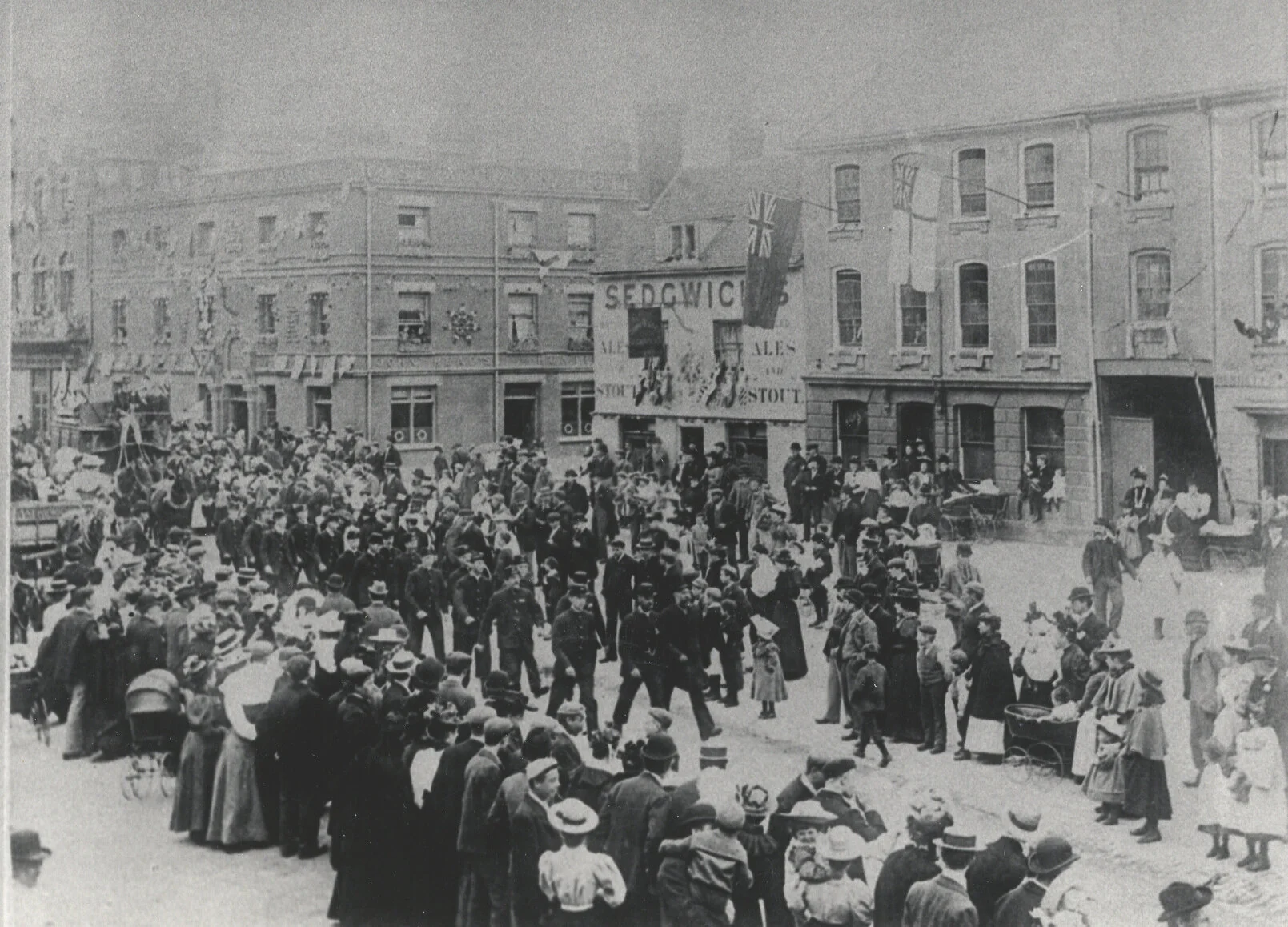Luton’s Carnival History
Luton Carnival 2019 | Copperwheat Films
Timeline
For more information, images and videos visit the Carnival Archive here.
The COVID Years
2021 – The Carnival is cancelled for a second year due to the ongoing COVID-19 pandemic. UKCCA along with Carnival parnters across the UK launch ‘National Children’s Carnival Week’.
"Our dream is to have all children in the UK celebrate carnival together in their schools."
2020 - The Carnival was moved from July back to May to mark the 75 years since VE Day, this was cancelled due to the world wide COVID-19 pandemic.
An Olympic Carnival 2012
The Carnival was moved from May to July to coincide with the arrival of the Olympic Torch in Luton.
It has become the biggest one day Carnival in the UK.
Opening of UK's Centre for Carnival Arts in Luton | LNTV Bedfordshire
UK Centre for Carnival Arts, 2009
Luton's reputation as a carnival town is cemented with the opening of the UK Centre for Carnival Arts.
The launch event was a large scale celebration to inaugurate the new UK Centre for Carnival Arts’ building. The aspiration for this event was to showcase the very best in costume design, carnival music and dance. A spectacular night time parade processed through the centre of Luton and culminated in a performance that featured the illuminated new building as a back drop to the events happening on the street.
Carnival cancelled, 2007
Carnival cancelled due to heavy rain and flooding. Read BBC News coverage here.
International status, 1998
Luton Carnival acquired International status.
The first Luton Carnival as we know it, 1976
This began as a Victorian Fayre with a procession and was held to celebrate the 100th anniversary of Luton becoming a Borough. Over the years the fair element has declined and now the focus is on the carnival procession.
This video is from 1964, but watch out for the Steelpan Band at the end. Is this the first glimpse of the Caribbean influence in Luton parades?
Easter Bonnet Parade, 1953
This is possibly when the first Easter Bonnet parade was held to tie in with celebrations of the Coronation of Elizabeth II. There was also a need to revitalise the hat industry after the Second World War and an Easter Bonnet Parade was seen as a good way of doing this. To boost worker morale they chose a Carnival Queen from amongst the female workers in the hat factories.
St George’s Day Parade. George Street, Luton, 1967
St George's Day parades, from the 1950s
St George's Day parades focus on a parade of Scouts and Servicemen, they still take place today.
VE Day parade in George Street, Luton, on May 8, 1945.
VE Day, 1945
The heyday of the street party was VE Day which marked the end of war in Europe.
The Second World War, 1939-1945
Carnivals and parades were held during this time to raise money for the war effort.
Silver Jubilee Parade 1935, Biddenham, Bedfordshire.
King George V Silver Jubilee, 1935
The Silver Jubilee of George V in 1935 also saw a lot of street processions in Luton.
Luton Peace Day Parade Saturday July 19th 1919.
The Peace Day Riots, 1919
Saturday July 19th 1919 was a national day of celebrations. In Luton, events started with a procession to the Town Hall from Luton Hoo.
Angry at the lack of jobs (servicemen had been promised that post-war Britain would be a 'Land it for Heroes' by the government) and the continuation of rationing, some ration books were set on fire and this quickly spread. The result was that the whole town hall was burnt down. Although riots also broke out in other towns and cities on this day, Luton was the only place to lose the whole building.
Illustration of the procession to celebrate the opening of the Plait Halls.
Opening of the Plait Halls, 1896
In Luton they held a procession to celebrate the opening of the Plait Halls. These were a form of indoor market and opened in 1869. These covered the area that is now The Mall. The Plait Halls were where straw plaits were sold that could be made into hats or bonnets.
A description of the event from the London Illustrated News: "January 30th 1869 procession, with flags, music, and a guard of rifle volunteers from the Town-hall, through George-street and Cheapside, to the Waller-street entrance. The ceremony of opening took place in the Plait Hall on that side, which had been decorated with mottoes beautifully worked in straw, and hung upon the walls, besides ornamental sheaves of wheatstraw, evergreen garlands, and banners."
Diamond Jubilee Procession 22 June 1897, Watford High Street.
Guild Feasts, 1400s
Guild Feasts began in Luton in the late 1400s and these included a procession. Jubilee celebrations were popular under Queen Victoria, due to increased communications across the country and the length of Victoria's reign.







